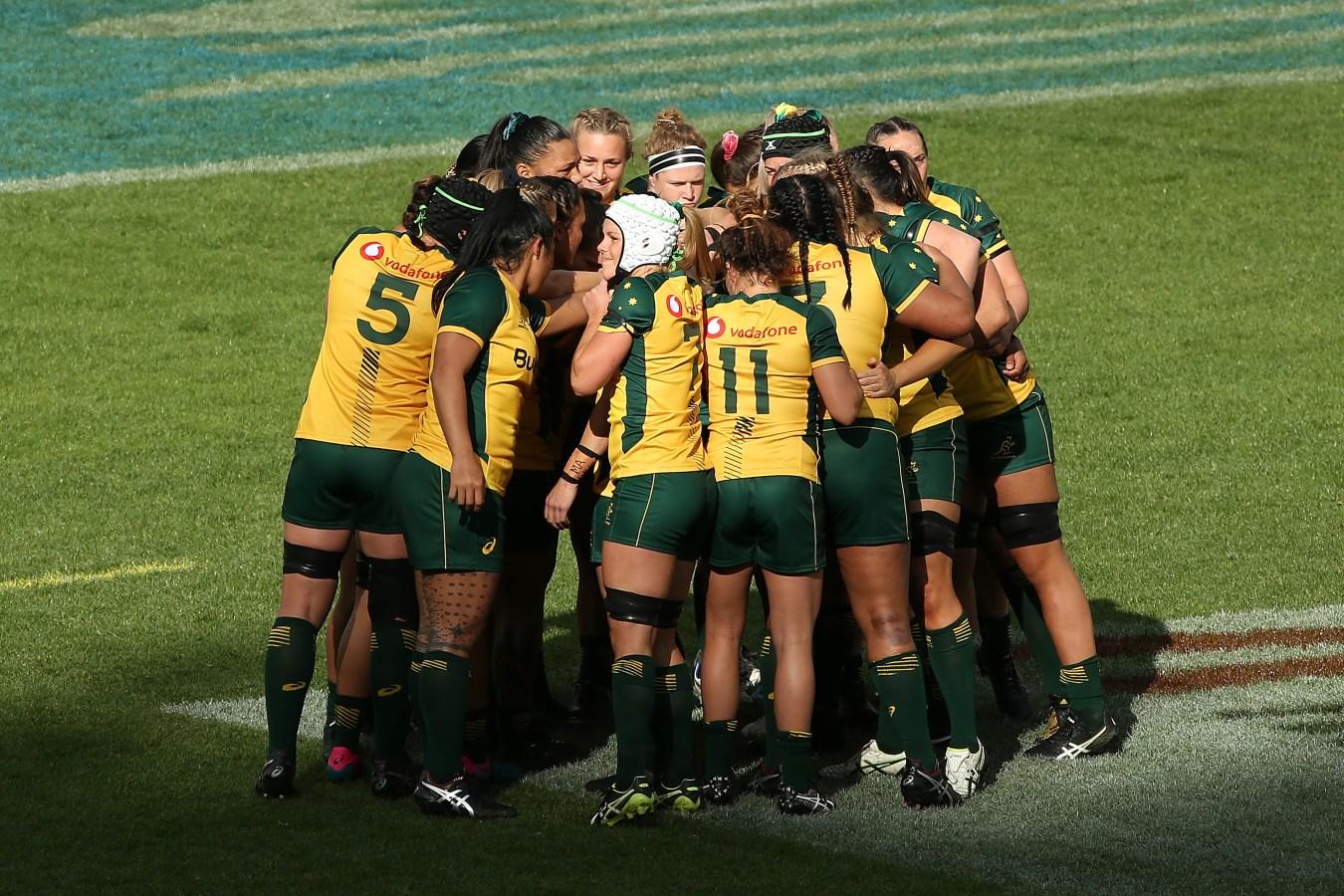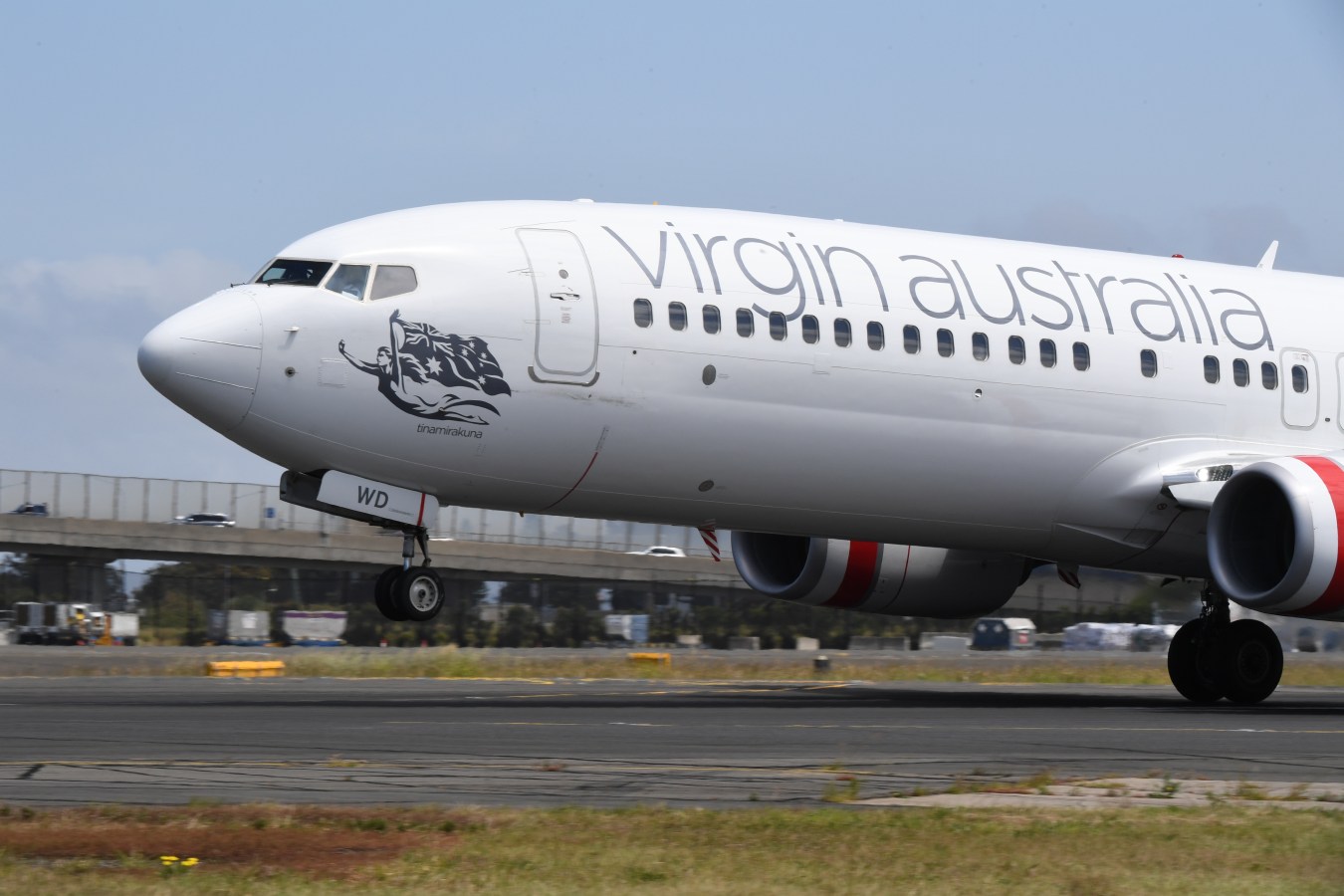The Workplace Gender Equality Agency (WGEA) published new data relating to the gender pay gap – so how did the organisations with the largest market capitalisation in Australia fare? Of the 10 largest, only two came close to the target.
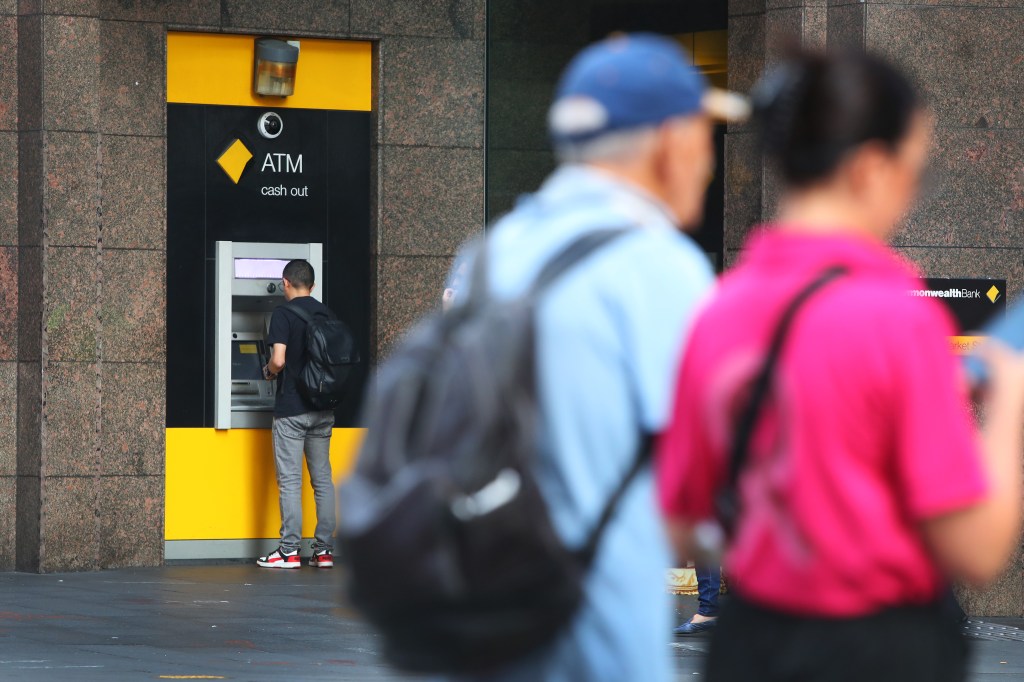
Pay parity data provided by the WGEA reveals that half of Australian companies with more than 100 employees have a gender pay gap larger than 9.1%.
But when it comes to the banking sector the gender pay gap is much worse.
According to the data, the Commonwealth Bank has the highest gender pay gap of the big four banks and of the 10 largest companies in Australia. The CBA, which made $10.2 billion in profit last year, is the lead sponsor of Australia’s women’s soccer team and pay parity champions the Matildas.
Gender pay gap in banking sector
It is not just CBA that has a high pay gap between genders.
Out of Australia’s 10 biggest companies (ranked by market capitalisation) the four organisations that had the worst performance on pay parity, were all banks.
Trailing CBA is Westpac, which had the second-highest gender pay gap of Australia’s largest companies. ANZ was third, and Macquarie Bank, led by Shemara Wikramanayake, rounded out the four worst performers.
Of the Big 4 banks, it is NAB that has the lowest median gender pay gap. The percentages reported by WGEA for NAB are still more than three times what is recommended.
Largest companies in Australia by market capitalisation
| Company | Median Base Salary Pay Gap | Median Total Remuneration Pay Gap |
| BHP | 18.9% | 20.3% |
| Commonwealth Bank | 29.8% | 29.9% |
| CSL | 1.8% | 6.8% |
| National Australia Bank | 16.4% | 18.8% |
| Westpac Banking | 27% | 28.5% |
| Fortescue | 9.4% | 14.6% |
| ANZ Bank | 22.7% | 23.1% |
| Atlassian | 17.4% | 18.1% |
| Wesfarmers | 7.0% | 3.5% |
| Macquarie | 22.4% | 22.1% |
Carol Schwartz founded Scale Investors, an accelerator that has injected more than $20 million into 46 businesses that are now valued at an estimated half a billion dollars. She is also a board member of the Reserve Bank of Australia.
“What the gender pay gap data highlights is the continuing lack of women in senior roles within certain industries,” says Schwartz.
“This is incredibly disappointing to those of us operating in the corporate sector where we believed that the opportunities for greater diversity and inclusiveness in our leadership ranks was actually happening. The importance of this data is that it gives us a reality check on the actual state of play – that there just aren’t enough women sharing leadership and decision making with our male colleagues which means we are not optimising outcomes for our companies and shareholders. We obviously need to move faster.”
Sally Curtis, Jananie William, and Anna von Reibnitz from ANU’s Global Institute for Women’s Leadership analysed the data on 5000 Australian companies.
“According to the latest WGEA data, the total remuneration gender pay gap for Australia is now 19%. This means that the median pay for a woman in WGEA’s dataset is 19% less than the median pay for a man,” a statement from the Global Institute for Womens Leadership at ANU reads.
Sarah Liu is the founder and director of TDC Global, a Diversity, Equity and Inclusion consultancy.
“The latest gender pay gap data released by the WGEA presents a sobering reality for the banking sector,” says Liu. “Many large banks in Australia have both a median base salary and a median total remuneration gender pay gap of above 20 per cent – significant given the WGEA’s target of -5 to +5 per cent.”
Liu sees the WGEA statistics as a call to action.
“This will serve as a wake-up call to leadership teams who might have thought that gender equity in the workplace had been largely fixed. Instead, this disparity in remuneration presents a more challenging equilibrium to reach.”
The government perspective
Senator Katy Gallagher, the Minister for Women, called the gender pay gap a persistent, complex problem and noted it costs the Australian economy $51.8 billion every year.
“Transparency and accountability are critical for driving change,” says Gallagher. “By shining a light on gender pay gaps at an employer level, we are arming individuals and organisations with the evidence they need to take meaningful action to accelerate closing the gender pay gap in Australian workplaces.”
The WGEA data also disclosed that 70% of companies have a policy regarding equal remuneration for men and women. 55% of employers undertook a payroll analysis, and 60% of employers took action because of payroll analysis.
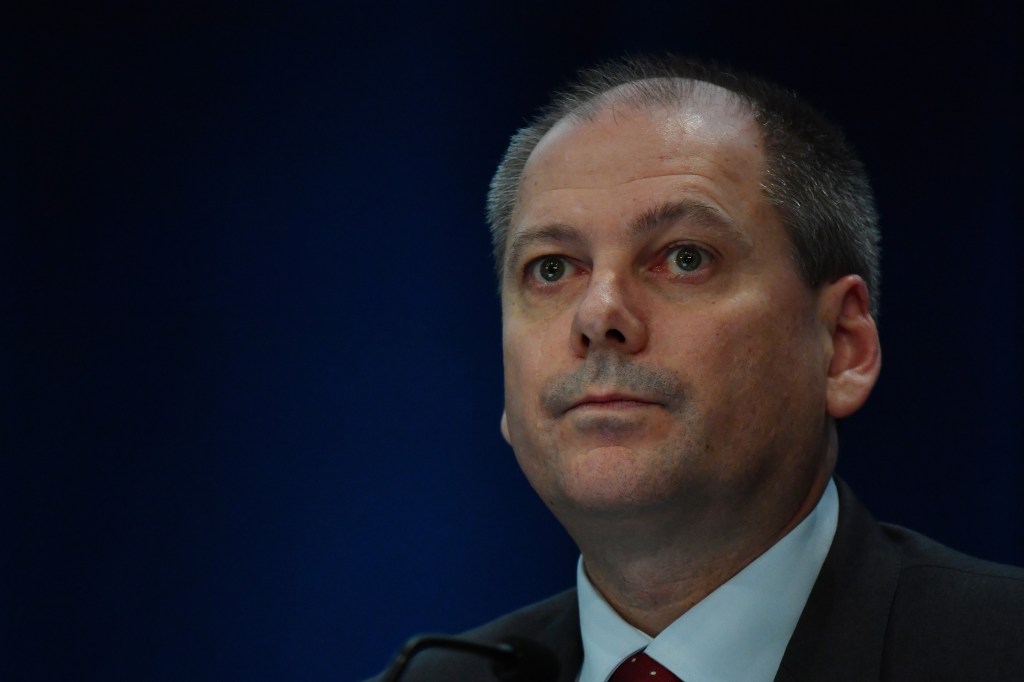
WGEA CEO Mary Wooldridge says that the gender pay gap should be in the range of plus or minus 5%. Some 30% of companies in Australia that reported to the WGEA met that target.
“This range allows for normal business fluctuations and employee movements while signifying that an employer has a focus on identifying and addressing inequalities and is taking action to ensure there is gender equality throughout an organisation,” says Wooldridge.
CBA response to median gender pay gap
CBA, which has a median base salary pay gap of 29.8%, and a median total remuneration (taking into account bonuses etc) of 29.9%, is significantly above that target. The bank issued a statement acknowledging the release of the WGEA data.
“We recognise that achieving equality requires a sustained focus and commitment over time with interventions required at the organisational, sector, and national level,” the statement reads.
The bank attributes the disparity in the median figure that it pays male and female employees to women holding lower-paid roles than men.
“The reported WGEA-defined median gender pay gap reflects the over-representation of women in typically lower-paid roles, and conversely, the under-representation of women in typically higher-paid roles,” the statement reads.
The WGEA notes that the gender pay gap measure is used globally and that disclosure is an important step toward tightening the gap.
“The gender pay gap is a widely used, internationally recognised measure for gender equality. Publishing employer’s gender pay gaps brings transparency to those employers who have low median gender pay gaps and those that don’t,” says Wooldridge.
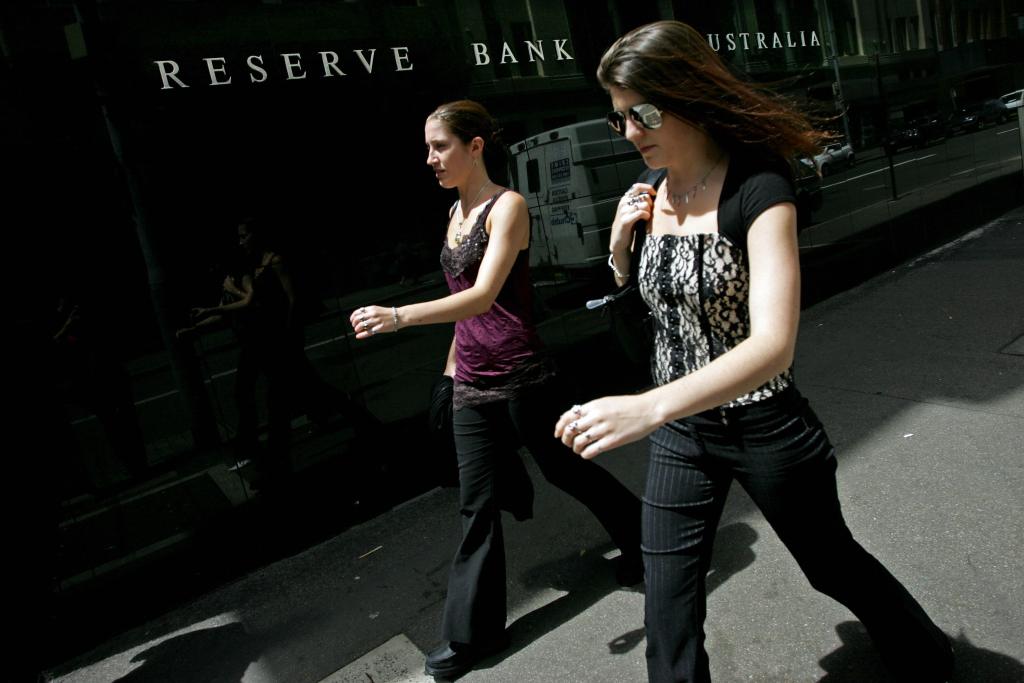
When looking at data from all of the companies that reported to the WGEA (beyond the 10 largest companies in Australia) it is the construction industry that has the highest mid-point gender pay gap.
“Particularly for those employers whose gender pay gaps are higher than their industry peers, publication of the results today is a catalyst for action and change,” says Wooldridge.
The industry with the lowest median gap is accommodation and food services.
Median not mean calculation
It is important to note that only the median pay gap was reported by WGEA. The mean pay gap data was not made available because CEO salaries do not have to be disclosed publicly until the end of the 2024 reporting year.
“The median pay is the mid-point (or middle figure) if you line up pay in order of lowest to highest and is calculated for each gender. The median is used instead of the average to avoid any anomalies of particularly high or low salaries from skewing the figure,” the ANU WGIL states on its website.
Next year, WGEA will include CEO salaries in data it publishes, which is expected to provide a more complete picture of the delta between men’s and women’s salaries.
“The time for talk and excuses is over,” says Wooldridge. “Change takes action and employers need to double down on ensuring all employees are fairly represented and equally valued and rewarded in their workplace.”
Look back on the week that was with hand-picked articles from Australia and around the world. Sign up to the Forbes Australia newsletter here or become a member here.

